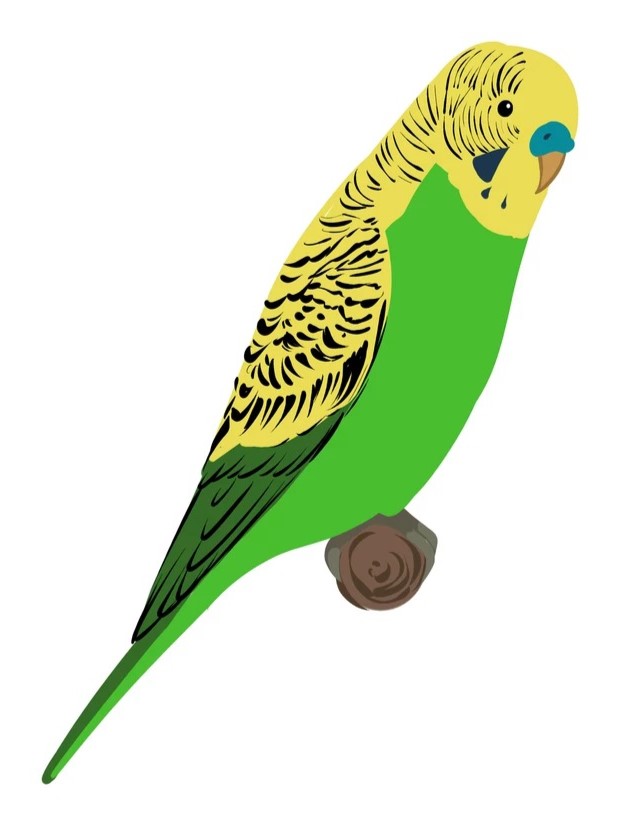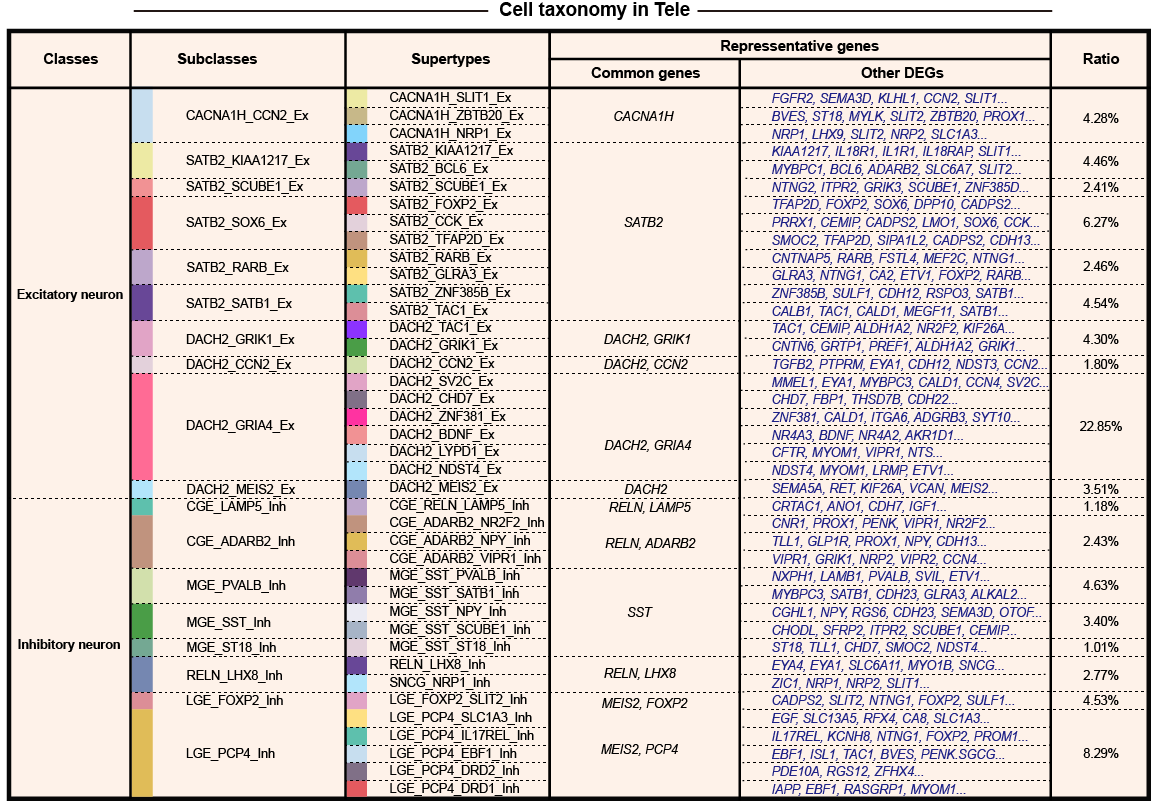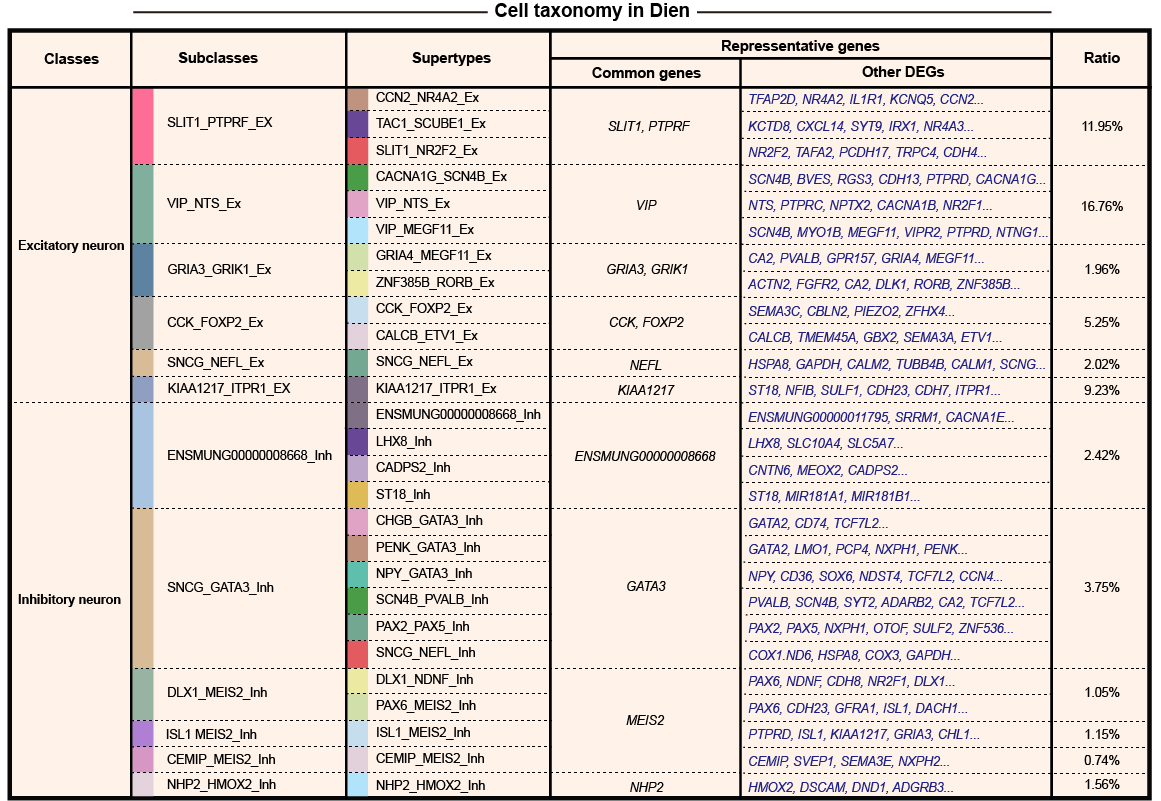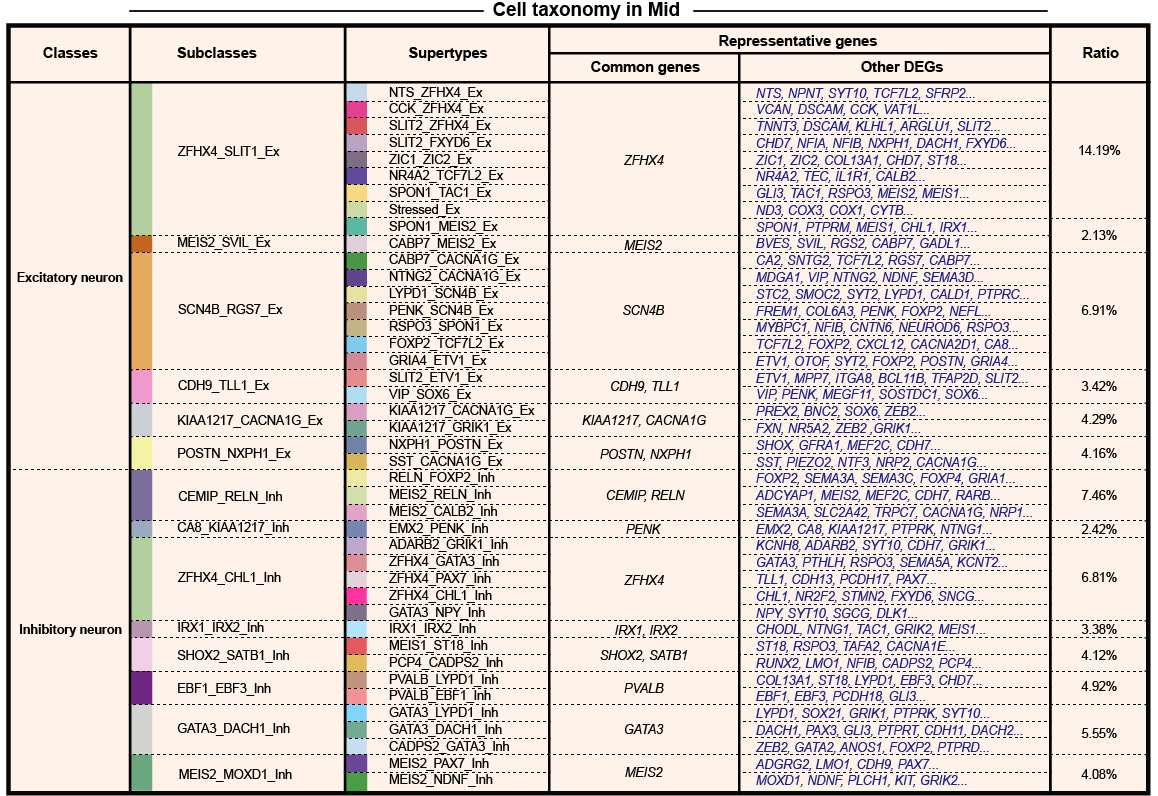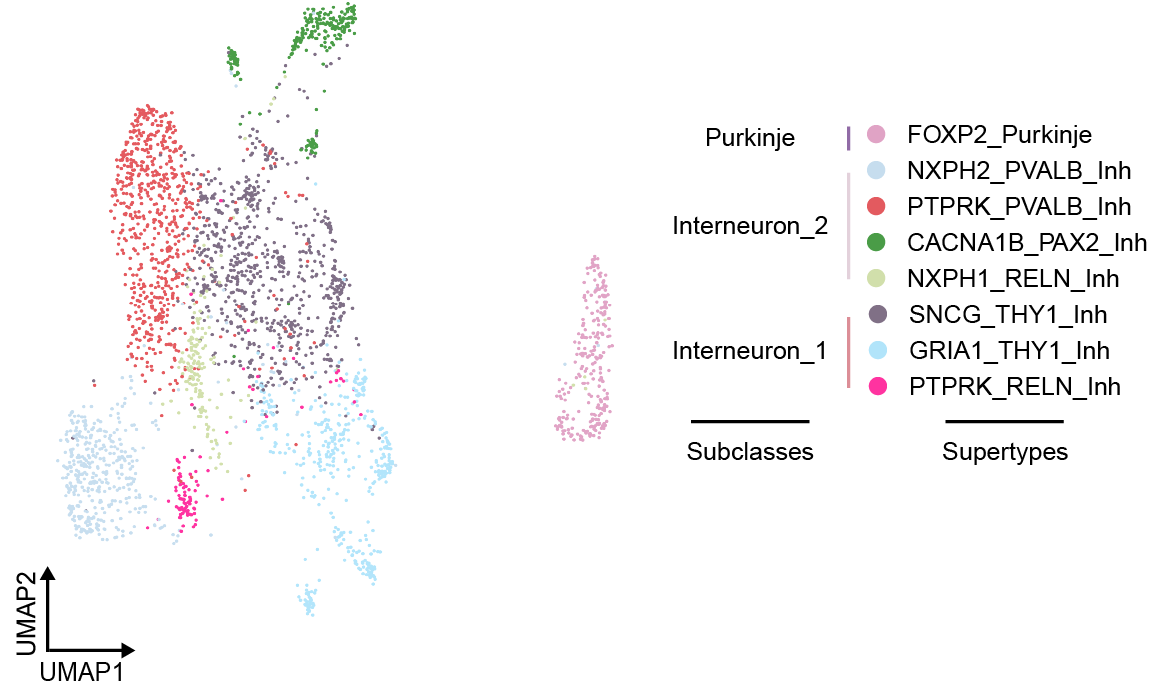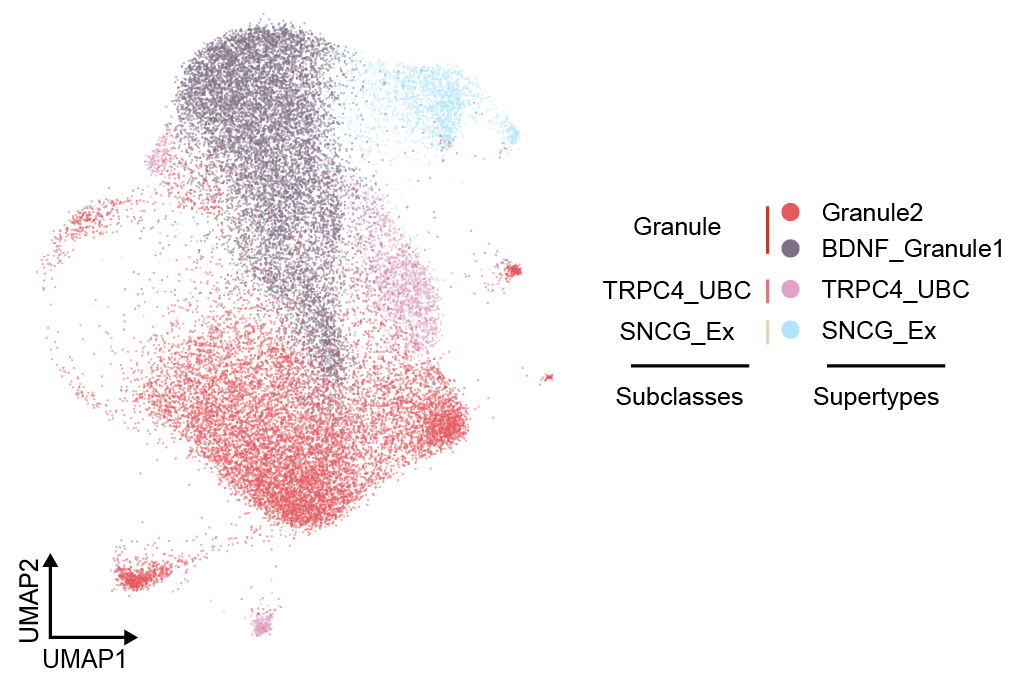🧠 Introduction
Budgerigar (Melopsittacus undulatus),
or “budgie” for short, a vocal-learning parrot native to Australia,
is a key model for studying brain development, neurogenesis,
and cognitive evolution. With its strong social behaviors and vocal skills,
the budgerigar provides valuable insight into how intelligence evolves outside of mammals.
The Budgerigar Spatial Single-Cell Atlas provides the first comprehensive molecular map of its brain,
resolving cellular diversity and spatial organization across development.
🔬 Data Overview
This atlas integrates single-nucleus RNA sequencing (snRNA-seq) from 555,001 nuclei and spatial transcriptomics (Stereo-seq) from 12 slices,
sampled across four major brain regions—telencephalon, diencephalon, midbrain,
and cerebellum—and four developmental stages: embryonic (E14), postnatal (P1),
juvenile, and adult. Spatial mapping is anchored with Nissl staining,
enabling precise anatomical alignment.
📊 Visualization & Applications
Our platform presents interactive visualizations of UMAP projections, cell type distributions, region-specific gene expression,
and spatial cell-type deconvolution. Users can explore how excitatory and inhibitory neurons organize along dorsoventral and mediolateral axes.

